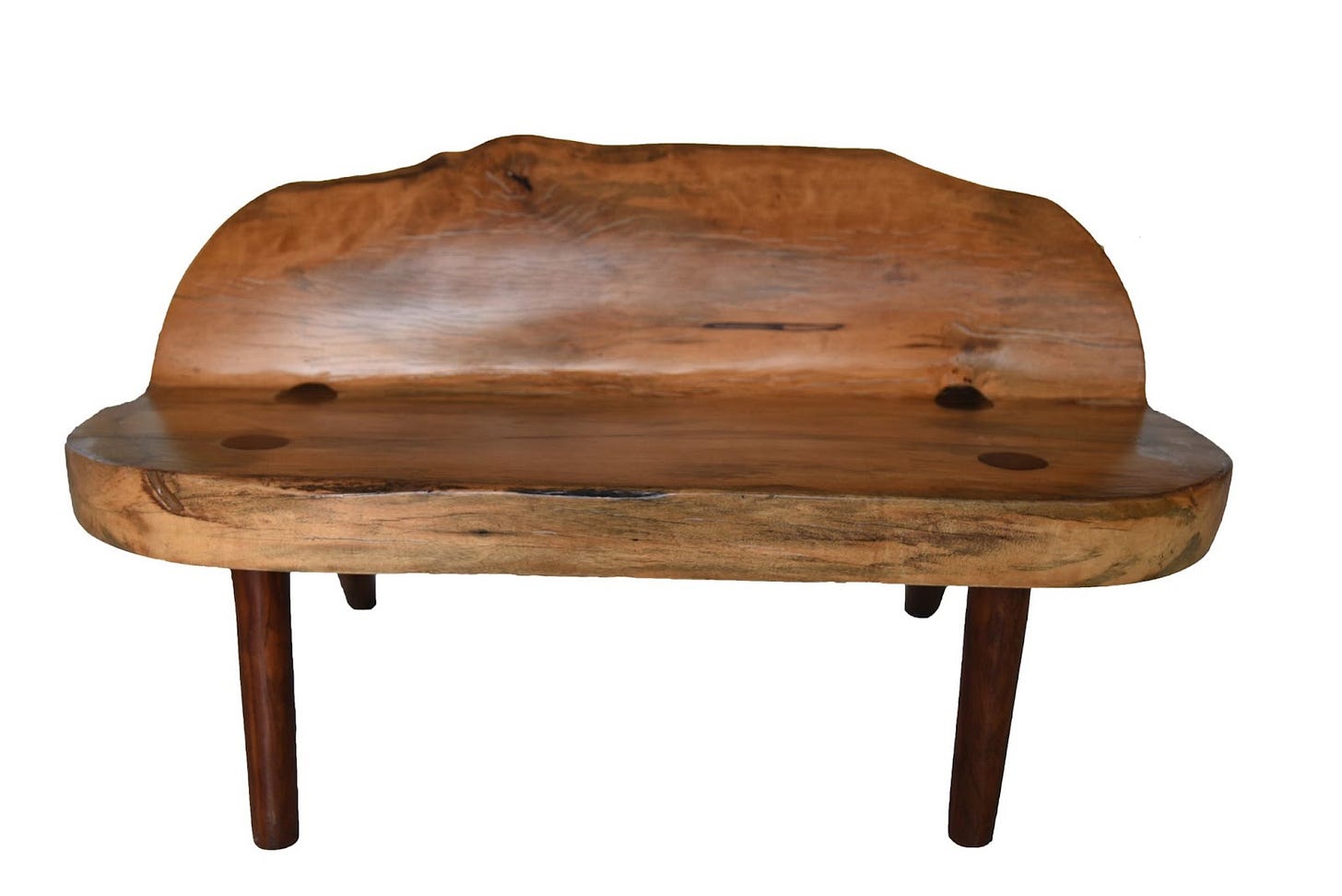
The Walls of Benin, albeit hardly existent, was once one of the largest man-made structures in the world. It is a reminder of the cultural and architectural prowess of the Benin Kingdom. Sadly, much of it was dismantled during the British invasion of 1897. The remnants still evoke the grandeur and ingenuity of the Edo people. Serving as both a protective barrier and a symbol of power, the wall remains a largely overlooked marvel in world history.
At its peak, the wall stretched across approximately 16,000 kilometres of ramparts and moats. It rivalled some of the most famous ancient structures, such as the Great Wall of China. According to the Guinness Book of Records, the Wall of Benin was once regarded as the longest earthwork created by human hands. Yet, what makes this wall more than just a fortification is the story of the culture that birthed it—an empire that excelled in art, governance, and architecture long before European explorers set foot on African soil.
This digest is a captivating journey through the history of the Wall of Benin. We will explore its cultural and artistic significance and how it reflected the strength and craftsmanship of the Benin Kingdom. We will also shed light on the sad reality of how this iconic structure was ravaged by colonial forces and what remains of it today.
Top Picks From Our Collection



The Origins of the Wall of Benin: More than a Defence System
The earliest jotting of Benin Kingdom’s founding by the Edo people in southern Nigeria's forests was dated around 1200 C.E. It grew into a powerful and prosperous empire. It was ruled by a line of Obas (kings) who wielded both spiritual and political authority. The construction of the Wall of Benin began during the reign of Oba Oguola (1280-1295 AD) and continued under subsequent kings, evolving into a series of concentric rings that surrounded Benin City, the capital.
Built primarily from earth and reinforced with bamboo and palm wood, the wall was a brilliant feat of engineering. The inner city was encircled by the Great Wall, while the outer walls enclosed surrounding villages, making the entire complex a well-protected fortress. Its impressive size and scope were a reflection of the kingdom's wealth, power, and technological prowess. Beyond its function as a defence system, the wall also played a key role in controlling trade and protecting the kingdom’s valuable resources, including ivory, palm oil, and art.
Artistic Legacy of the Wall of Benin
In ancient times, the Benin Kingdom was renowned for its highly sophisticated art. Most of which were commissioned by the Obas to celebrate their reigns and preserve the history of the kingdom. The wall itself was often adorned with artistic embellishments, such as carvings that depicted scenes of royal ceremonies, warfare, and religious rites. These carvings were not just decorative; they served as visual documentation of important events in the kingdom’s history.
Benin artists, known for their expertise in bronze casting, created stunning works of art that were tied to the very structure of the wall. Bronze plaques, intricately crafted with scenes of court life and mythology, were once affixed to palace walls, offering a glimpse into the kingdom’s rich culture and traditions. Many of these plaques are now housed in museums around the world, a painful reminder of the looting that took place during colonial conquests.
One of the most striking aspects of the Benin Wall’s artistic legacy is how it combined functionality with symbolism. The wall, while primarily defensive, also stood as a work of art in itself—a living canvas that reflected the artistic sophistication of a kingdom that had reached its zenith in culture, creativity, and civilisation of its time.
The Legacy and Restoration Efforts
While the Wall of Benin was largely dismantled during the colonial era, remnants of it can still be found today in parts of Edo State. Over time, efforts have been made to preserve what is left of this once-majestic structure. Scholars, historians, and local authorities in Edo State have been working to raise awareness about the wall and its historical significance, with some advocating for its restoration and recognition as a UNESCO World Heritage Site.
The Benin Wall’s enduring legacy lies not only in its sheer size but also in what it represents—a civilisation that was advanced in art, governance, and architecture long before European colonisation. The story of the Wall of Benin is not just the story of an ancient defence structure; it is a story of resilience, cultural pride, and a reminder of the devastating impact of colonialism on African heritage.
A Cultural Treasure Worth Remembering
The Wall of Benin is a lost treasure, not just physically, but within the historical and cultural narrative of Nigeria and Africa. Its history reveals the strength and artistic brilliance of the Benin Kingdom, while serving as a poignant reminder of colonial exploitation.
Today, efforts to reclaim the Wall's story continue. Though much of its grandeur has been eroded by time and colonial destruction, the wall’s spirit—its ingenuity, artistry, and cultural pride—endures in the hearts of the Edo people and in art collections worldwide.
More than an ancient ruin, the Wall of Benin stands as a testament to a civilisation that thrived in creativity, governance, and resilience. Though the physical structure may be lost, its cultural significance remains an invaluable part of global heritage, one we must continue to honour and protect.
I hope you enjoyed learning about this lost treasure.
Until next digest,






